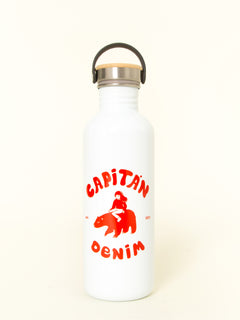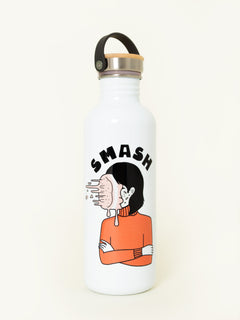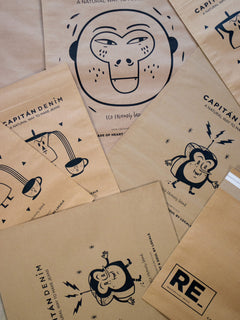Denim culture in the 40s and 50s: fashion icons and their jeans
The 1940s and 1950s were a time of change and progress in fashion history. World War II had ended, and fashion began to reflect the joy and liberation felt around the world. Back then, denim was a fabric used mainly by workers and farmers. However, during these years, jeans began to gain popularity as a fashion item, especially among rebellious youth and popular culture icons.
Fashion icons and their jeans
One of the first fashion icons to help popularize jeans was James Dean. With his rebellious and defiant bad boy look, he became a symbol of America's youth. In the movie "Rebel Without a Cause" (1955), Dean wore Levi's 501 jeans that have become a cult item for denim lovers.
Another fashion icon who helped popularize jeans in the '50s was Marlon Brando. In the movie "Savage" (1953), Brando wore Levi's 501 jeans that fit his muscular frame perfectly. This look was very popular among the youth of the time and helped cement the image of jeans as a fashion item.
The evolution of denim in the 40s and 50s
During the 1940s, denim began to evolve from its initial use as a hard-wearing fabric for workers. The United States government banned the production of dress pants during the war, so clothing companies began making blue jeans to fill the gap in the market. These pants were comfortable, durable, and inexpensive, making them a popular choice among workers and soldiers.
In the 1950s, jeans began to be adopted as a fashion item. Young people were inspired by popular culture icons and wanted to look like them. Jeans became a symbol of rebellion and youthful freedom.
The legacy of jeans from the 40s and 50s
Jeans have become an iconic garment that has transcended time and fashion. Though they've evolved from their initial use as workwear to their current status as a fashion must-have, the rebellious, free spirit of '40s and '50s jeans lives on.
At Captain Denim, we draw inspiration from the history of denim to create our high-quality, sustainable jeans . We use sustainable materials and eco-friendly processes to reduce our impact on the environment. In this way, we hope to keep the jean legacy alive and continue to be a leading brand in sustainable fashion.
Make your jeans speak for you!




